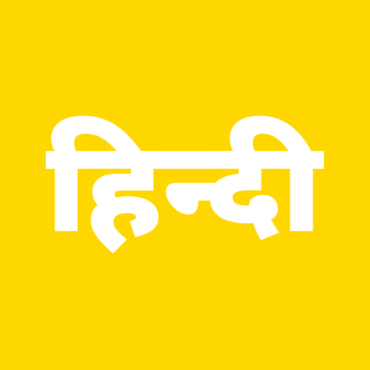


In the Middle Bronze Age, an apparently "alphabetic" system known as the Proto-Sinaitic script appears in Egyptian turquoise mines in the Sinai peninsula dated to circa the 15th century BC, apparently left by Canaanite workers. It also means that their letters can be used as an alternative method of "numbering" ordered items, in such contexts as numbered lists and number placements.Ī specimen of Proto-Sinaitic script, one of the earliest (if not the very first) phonemic scripts

This makes them useful for purposes of collation, specifically by allowing words to be sorted in alphabetical order. Īlphabets are usually associated with a standard ordering of letters. The Khmer alphabet (for Khmer) is the longest, with 74 letters.

While most alphabets have letters composed of lines ( linear writing), there are also exceptions such as the alphabets used in Braille. Of the dozens of alphabets in use today, the most popular is the Latin alphabet, which was derived from the Greek, and which is now used by many languages world-wide, often with the addition of extra letters or diacritical marks. In this narrow sense of the word the first true alphabet was the Greek alphabet, which was developed on the basis of the earlier Phoenician alphabet. Daniels distinguishes an abugida, or alphasyllabary, a set of graphemes that represent consonantal base letters which diacritics modify to represent vowels (as in Devanagari and other South Asian scripts), an abjad, in which letters predominantly or exclusively represent consonants (as in the original Phoenician, Hebrew or Arabic), and an "alphabet", a set of graphemes that represent both consonants and vowels. It was created by Semitic-speaking workers and slaves in the Sinai Peninsula (as the Proto-Sinaitic script), by selecting a small number of hieroglyphs commonly seen in their Egyptian surroundings to describe the sounds, as opposed to the semantic values, of their own Canaanite language. The first fully phonemic script, the Proto-Canaanite script, later known as the Phoenician alphabet, is considered to be the first alphabet, and is the ancestor of most modern alphabets, including Arabic, Cyrillic, Greek, Hebrew, Latin, and possibly Brahmic. Not all writing systems represent language in this way in a syllabary, each character represents a syllable, for instance, and logographic systems use characters to represent words, morphemes, or other semantic units. Charles Morton's 1759 updated version of Edward Bernard's "Orbis eruditi", comparing all known alphabets as of 1689Īn alphabet is a standardized set of basic written symbols or graphemes (called letters) that represent the phonemes of certain spoken languages.


 0 kommentar(er)
0 kommentar(er)
